Artist:
Les McCann & The Mitchell-Ruff Trio
Title:
20 Special Fingers
Year Of Release:
1999
Label:
32 Jazz [32125]
Genre:
Jazz, Hard Bop, Jazz Funk
Quality:
FLAC (tracks + .cue,log,scans) | MP3/320 kbps
Total Time: 01:22:13
Total Size: 477 MB(+3%) | 194 MB(+3%)
WebSite:
Album Preview
TracklistCD1: Les McCann - Much Les (1968)
01. Doin' That Thing (Vinnegar) - 8:31
02. With These Hands (Silverand-Davis) - 5:36
03. Burnin' Coal (McCann) - 6:38
04. Benjamin (McCann) - 5:46
05. Love for Sale (Porter) - 6:36
06. Roberta (McCann) - 8:51
CD2: The Mitchell-Ruff Trio - The Catbird Seat (1961)
01. The Catbird Seat (Mitchell) - 7:40
02. Street of Dreams (Lewis-Young) - 3:28
03. So in Love (Porter) - 9:29
04. Con Alma (Gillespie) - 5:30
05. Gypsy in My Soul (Boland-Jaffe) - 5:33
06. I'll Remember April (DePaul-Raye-Johnston) - 8:35
The twenty fingers in the title for this double reissue CD come from two exciting piano trios of the 1960s. Both Les McCann and Dwike Mitchell offer blues-based, gospel influenced piano storytelling on their Atlantic albums Much Les and The Catbird Seat, respectively. McCann was at the peak of his career then, still using an acoustic piano and always infusing a groove into his work. Mitchell and Ruff started out at about the same time as McCann: the mid-‘50s. Bassist Willie Ruff and pianist Dwike Mitchell left Lionel Hampton’s band early on to perform mainstream jazz as a duo; Ruff also plays the French horn (not on this album). With over a dozen albums and celebrated tours that include Russia and China, the duo held to acoustic mainstream fare. McCann, on the other hand, later expanded into territory that emphasized his singing in an electronic environment, leaning more toward R&B pop music and farther away from mainstream jazz.
Recorded with strings on July 22-24, 1968 in Atlantic’s New York studios, Les McCann’s project reflects cool acoustic piano jazz with a captivating beat. The music, remaining enjoyable and tasteful throughout, features excellent acoustic trio interplay from drums, bass, and McCann’s piano. Unlike the synth strings we are faced with in today’s market, the leader’s backup string section offers a rewarding and irreplaceable timbre.
Recorded July 21, 1961 before a congenial audience at the Playback Club in New Haven, Connecticut, The Catbird Seat presents an inspired piano trio and wholesome improvisation. Unfortunately, the club’s piano was rather sour that night, affecting pitch and tone quality. It’s one of the major factors that led artists such as Les McCann to adopt the electronic keyboard for good and to stop relying on club managers to keep their instruments in good shape.~Jim Santella
Exact Audio Copy V1.0 beta 1 from 15. November 2010
EAC extraction logfile from 24. March 2012, 18:13
Various / 20 Special Fingers
Used drive : TSSTcorpCDDVDW SH-S203N Adapter: 0 ID: 2
Read mode : Secure
Utilize accurate stream : Yes
Defeat audio cache : Yes
Make use of C2 pointers : No
Read offset correction : 6
Overread into Lead-In and Lead-Out : No
Fill up missing offset samples with silence : Yes
Delete leading and trailing silent blocks : No
Null samples used in CRC calculations : Yes
Used interface : Installed external ASPI interface
Gap handling : Appended to previous track
Used output format : User Defined Encoder
Selected bitrate : 768 kBit/s
Quality : High
Add ID3 tag : No
Command line compressor : C:\Program Files\Exact Audio Copy-NEW\Flac\flac.exe
Additional command line options : -8 -V -T "ARTIST=%a" -T "TITLE=%t" -T "ALBUM=%g" -T "DATE=%y" -T "TRACKNUMBER=%n" -T "TOTALTRACKS=%x" -T "GENRE=%m" -T "ALBUMARTIST=%v" -T "ALBUM ARTIST=%v" -T "COMMENT=EAC V1.01b1, Secure Mode, Test & Copy, AccurateRip, FL
TOC of the extracted CD
Track | Start | Length | Start sector | End sector
---------------------------------------------------------
1 | 0:00.32 | 8:30.60 | 32 | 38341
2 | 8:31.17 | 5:36.30 | 38342 | 63571
3 | 14:07.47 | 6:38.33 | 63572 | 93454
4 | 20:46.05 | 5:46.05 | 93455 | 119409
5 | 26:32.10 | 6:35.55 | 119410 | 149089
6 | 33:07.65 | 8:51.12 | 149090 | 188926
Track 1
Filename J:\New Rips\Various Artists - 20 Special Fingers (1999) [FLAC]\disc 1of2\01 - Les McCann - Doin' That Thing.wav
Pre-gap length 0:00:02.32
Peak level 98.3 %
Extraction speed 5.0 X
Track quality 100.0 %
Test CRC 6D230AB1
Copy CRC 6D230AB1
Accurately ripped (confidence 2) [76A764D2]
Copy OK
Track 2
Filename J:\New Rips\Various Artists - 20 Special Fingers (1999) [FLAC]\disc 1of2\02 - Les McCann - With These Hands.wav
Pre-gap length 0:00:02.50
Peak level 90.7 %
Extraction speed 5.6 X
Track quality 100.0 %
Test CRC A27E9030
Copy CRC A27E9030
Accurately ripped (confidence 1) [FB768BF5]
Copy OK
Track 3
Filename J:\New Rips\Various Artists - 20 Special Fingers (1999) [FLAC]\disc 1of2\03 - Les McCann - Burnin' Coal.wav
Pre-gap length 0:00:02.50
Peak level 95.6 %
Extraction speed 5.5 X
Track quality 99.9 %
Test CRC 88BA4531
Copy CRC 88BA4531
Accurately ripped (confidence 2) [5CE4218B]
Copy OK
Track 4
Filename J:\New Rips\Various Artists - 20 Special Fingers (1999) [FLAC]\disc 1of2\04 - Les McCann - Benjamin.wav
Pre-gap length 0:00:02.50
Peak level 92.6 %
Extraction speed 6.9 X
Track quality 100.0 %
Test CRC 316C3C8E
Copy CRC 316C3C8E
Accurately ripped (confidence 1) [19052D98]
Copy OK
Track 5
Filename J:\New Rips\Various Artists - 20 Special Fingers (1999) [FLAC]\disc 1of2\05 - Les McCann - Love For Sale.wav
Pre-gap length 0:00:02.50
Peak level 100.0 %
Extraction speed 7.5 X
Track quality 100.0 %
Test CRC 465A0B24
Copy CRC 465A0B24
Accurately ripped (confidence 1) [33C08A4E]
Copy OK
Track 6
Filename J:\New Rips\Various Artists - 20 Special Fingers (1999) [FLAC]\disc 1of2\06 - Les McCann - Roberta.wav
Pre-gap length 0:00:02.50
Peak level 93.8 %
Extraction speed 8.3 X
Track quality 100.0 %
Test CRC F00F11FE
Copy CRC F00F11FE
Accurately ripped (confidence 2) [5898C614]
Copy OK
All tracks accurately ripped
No errors occurred
End of status report
==== Log checksum EBAA129767724D7564D502043E9C029C9F43B00D8970D7F7D121CC83C0A485C7 ====
--------------------------------------------------------------------
Exact Audio Copy V1.0 beta 1 from 15. November 2010
EAC extraction logfile from 24. March 2012, 18:42
Various / 20 Special Fingers
Used drive : TSSTcorpCDDVDW SH-S203N Adapter: 0 ID: 2
Read mode : Secure
Utilize accurate stream : Yes
Defeat audio cache : Yes
Make use of C2 pointers : No
Read offset correction : 6
Overread into Lead-In and Lead-Out : No
Fill up missing offset samples with silence : Yes
Delete leading and trailing silent blocks : No
Null samples used in CRC calculations : Yes
Used interface : Installed external ASPI interface
Gap handling : Appended to previous track
Used output format : User Defined Encoder
Selected bitrate : 768 kBit/s
Quality : High
Add ID3 tag : No
Command line compressor : C:\Program Files\Exact Audio Copy-NEW\Flac\flac.exe
Additional command line options : -8 -V -T "ARTIST=%a" -T "TITLE=%t" -T "ALBUM=%g" -T "DATE=%y" -T "TRACKNUMBER=%n" -T "TOTALTRACKS=%x" -T "GENRE=%m" -T "ALBUMARTIST=%v" -T "ALBUM ARTIST=%v" -T "COMMENT=EAC V1.01b1, Secure Mode, Test & Copy, AccurateRip, FL
TOC of the extracted CD
Track | Start | Length | Start sector | End sector
---------------------------------------------------------
1 | 0:00.32 | 7:39.48 | 32 | 34504
2 | 7:40.05 | 3:27.40 | 34505 | 50069
3 | 11:07.45 | 9:29.22 | 50070 | 92766
4 | 20:36.67 | 5:29.43 | 92767 | 117484
5 | 26:06.35 | 5:32.62 | 117485 | 142446
6 | 31:39.22 | 8:35.03 | 142447 | 181074
Track 1
Filename J:\New Rips\Various Artists - 20 Special Fingers (1999) [FLAC]\disc 2of2\01 - The Catbird Seat - The Catbird Seat.wav
Pre-gap length 0:00:02.32
Peak level 99.4 %
Extraction speed 4.9 X
Track quality 100.0 %
Test CRC 1AFB4984
Copy CRC 1AFB4984
Accurately ripped (confidence 1) [43D8D7F4]
Copy OK
Track 2
Filename J:\New Rips\Various Artists - 20 Special Fingers (1999) [FLAC]\disc 2of2\02 - Street Of Dreams - Street Of Dreams.wav
Pre-gap length 0:00:02.50
Peak level 94.4 %
Extraction speed 4.0 X
Track quality 99.9 %
Test CRC CB276182
Copy CRC CB276182
Accurately ripped (confidence 1) [315D8EF9]
Copy OK
Track 3
Filename J:\New Rips\Various Artists - 20 Special Fingers (1999) [FLAC]\disc 2of2\03 - So In Love - So In Love.wav
Pre-gap length 0:00:02.50
Peak level 96.3 %
Extraction speed 6.4 X
Track quality 100.0 %
Test CRC D89FF3AF
Copy CRC D89FF3AF
Accurately ripped (confidence 1) [9DE14167]
Copy OK
Track 4
Filename J:\New Rips\Various Artists - 20 Special Fingers (1999) [FLAC]\disc 2of2\04 - Con Alma - Con Alma.wav
Pre-gap length 0:00:02.50
Peak level 97.8 %
Extraction speed 6.7 X
Track quality 100.0 %
Test CRC FA148F64
Copy CRC FA148F64
Accurately ripped (confidence 1) [6F4528C5]
Copy OK
Track 5
Filename J:\New Rips\Various Artists - 20 Special Fingers (1999) [FLAC]\disc 2of2\05 - Gypsy In My Soul - Gypsy In My Soul.wav
Pre-gap length 0:00:02.50
Peak level 97.3 %
Extraction speed 7.2 X
Track quality 100.0 %
Test CRC F01C9D3D
Copy CRC F01C9D3D
Accurately ripped (confidence 1) [D62EC415]
Copy OK
Track 6
Filename J:\New Rips\Various Artists - 20 Special Fingers (1999) [FLAC]\disc 2of2\06 - I'll Remember April - I'll Remember April.wav
Pre-gap length 0:00:02.50
Peak level 87.8 %
Extraction speed 7.2 X
Track quality 99.9 %
Test CRC E279EBB0
Copy CRC E279EBB0
Accurately ripped (confidence 1) [A8BEF49F]
Copy OK
All tracks accurately ripped
No errors occurred
End of status report
==== Log checksum 1DE46E9FD261410A8F87BB1A80C40DB1C28A30D993B88F145A39C2ED2F9B7243 ====
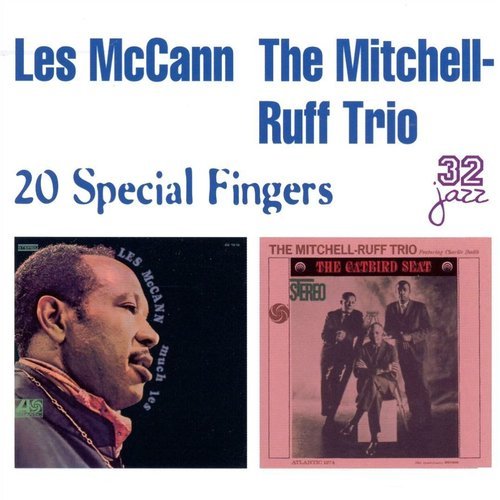
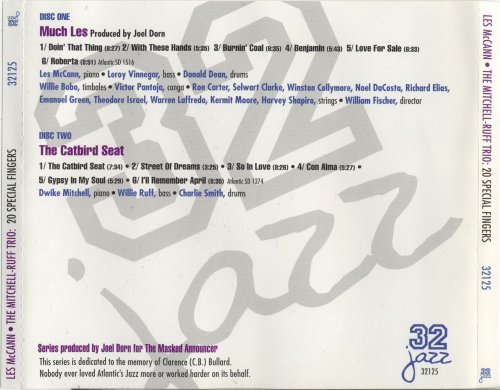


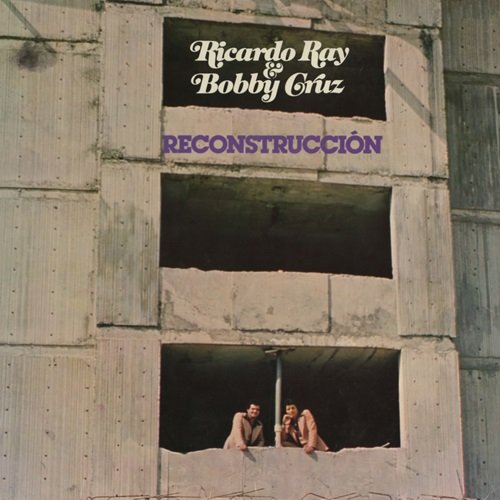
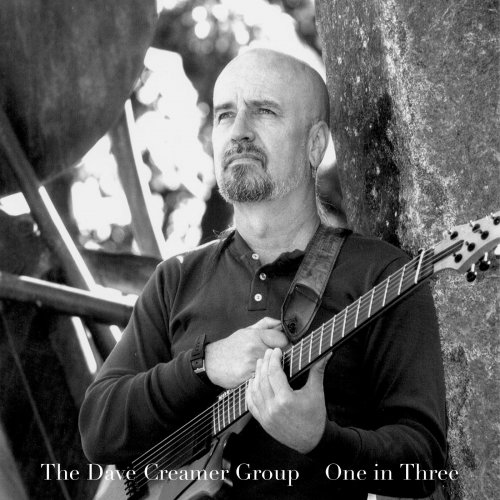
![Margot Zoé - ELEVATION (2025) [Hi-Res] Margot Zoé - ELEVATION (2025) [Hi-Res]](https://www.dibpic.com/uploads/posts/2025-12/1765093788_a3033741667_10.jpg)
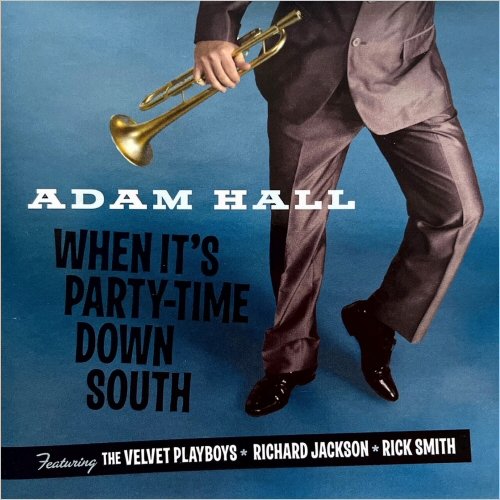
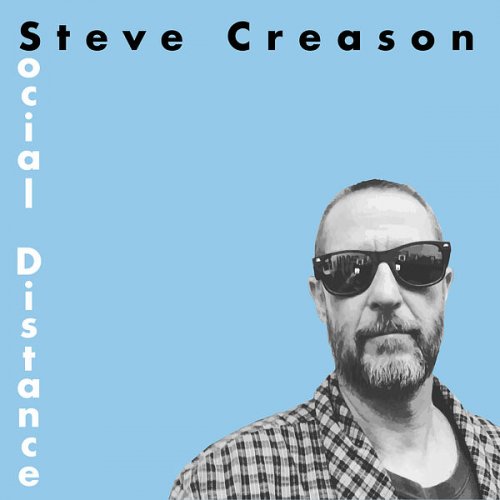
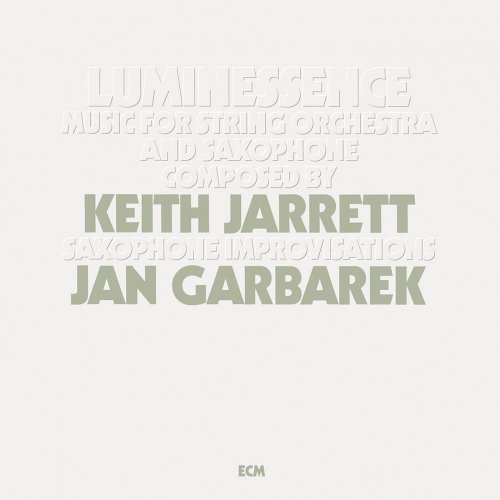

![Billie Holiday - Strange Fruit (Remastered) (2021) [Hi-Res] Billie Holiday - Strange Fruit (Remastered) (2021) [Hi-Res]](https://www.dibpic.com/uploads/posts/2025-12/1765367540_bhsf500.jpg)